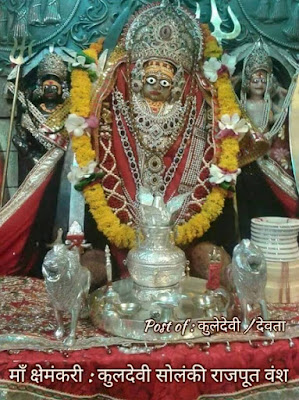Bhati Jadon Jadaun Yaduvanshi Rajput
Bhati Jadon Jadaun Yaduvanshi Rajput

Rājpūt; Yādu, Yādava, Yādu-Bhatti, Jādon.1—The Yādus are a well-known historical clan. Colonel Tod says that the Yādu was the most illustrious of all the tribes of Ind, and became the patronymic of the descendants of Buddha, progenitor of the lunar (Indu) race. It is not clear, even according to legendary tradition, what, if any, connection the Yādus had with Buddha, but Krishna is held to have been a prince of this tribe and founded Dwārka in Gujarāt with them, in which locality he is afterwards supposed to have been killed. Colonel Tod states that the Yādu after the death of Krishna, and their expulsion from Dwārka and Delhi, the last stronghold of their power, retired by Multān across the Indus, founded Ghazni in Afghānistān, and peopled these countries even to Samārcand. Again driven back on the Indus they obtained possession of the Punjab and founded Salbhānpur. Thence expelled they retired across the Sutlej and Gāra into the Indian deserts, where they founded Tannote, Derawāl and Jaisalmer, the last in A.D. 1157. It has been suggested in the main article on Rājpūt that the Yādus might have been the Sākas, who invaded India in the second century A.D. This is only a speculation. At a later date a Yādava kingdom existed in the Deccan, with its capital at Deogiri or Daulatābād and its territory lying between that place and Nāsik.2 Mr. Smith states that these Yādava kings were descendants of feudatory nobles of the Chalukya kingdom, which embraced parts of western India and also Gujarāt. The Yādu clan can scarcely, however, be a more recent one than the Chalukya, as in that case it would not probably have been credited with having had Krishna as its member. The Yādava dynasty only lasted from A.D. 1150 to 1318, when the last prince of the line, Harāpala, stirred up a revolt against the Muhammadans to whom the king, his father-in-law, had submitted, and being defeated, was flayed alive and decapitated. It is noticeable that the Yādu-Bhatti Rājpūts of Jaisalmer claim descent from Sālivāhana, who founded the Sāka era in A.D. 78, and it is believed that this era belonged to the Sāka dynasty of Gujarāt, where, according [470]to the tradition given above, the Yādus also settled. This point is not important, but so far as it goes would favour the identification of the Sākas with the Yādavas.
The Bhatti branch of the Yādus claim descent from Bhāti, the grandson of Sālivāhana. They have no legend of having come from Gujarāt, but they had the title of Rāwal, which is used in Gujarāt, and also by the Sesodia clan who came from there. The Bhattis are said to have arrived in Jaisalmer about the middle of the eighth century, Jaisalmer city being founded much later in A.D. 1183. Jaisalmer State, the third in Rājputāna, has an area of 16,000 square miles, most of which is desert, and a population of about 100,000 persons. The chief has the title of Mahārāwal and receives a salute of fifteen guns. The Jareja Rājpūts of Sind and Cutch are another branch of the Yādus who have largely intermarried with Muhammadans. They now claim descent from Jāmshīd, the Persian hero, and on this account, Colonel Tod states, the title of their rulers is Jām. The name Yādu has in other parts of India been corrupted into Jādon, and the class of Jādon Rājpūts is fairly numerous in the United Provinces, and in some places is said to have become a caste, its members marrying among themselves. This is also the case in the Central Provinces, where they are known as Jādum, and have been treated under that name in a separate article. The small State of Karauli in Rājputāna is held by a Jādon chief.







